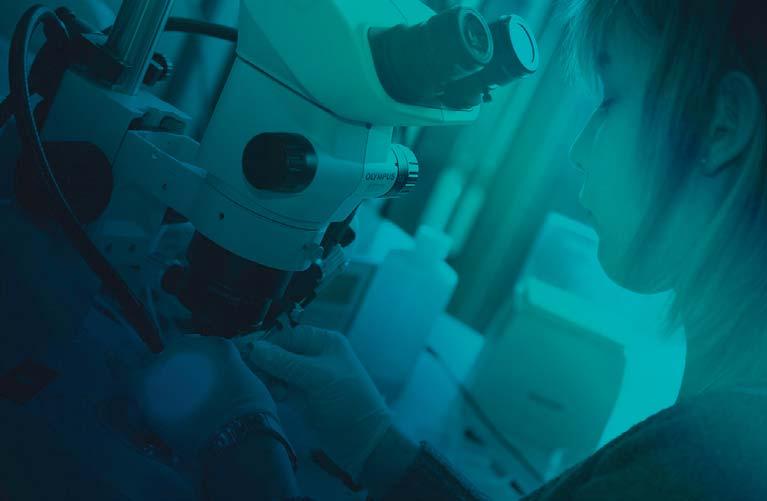culminated in the creation of an assistance programme for Walloon enterprises (mainly SMEs) that consists of the following elements: - Making a diagnosis to allow the setting of action plans (Factory 4.0 – Interreg V) in order to meet the first challenge the companies must take up, namely, imagining and foreseeing how these technologies can be combined to transform the products, processes, and services that they offer. - Implementing appropriate training options (Factory 4.0 – Training) to master these technologies, which are often outside the companies’ core business, to enable the enterprise to create these new processes, products, and/or services. Developing or recruiting human resources with these new skills is a must. - Running a Digital/Industry 4.0 expert network to provide assistance and develop the necessary solutions and financing for proof-of-concept work and pilot projects (IOT4INDUSTRY – H2020, competitiveness clusters’ calls for projects, and other regional sources of aid).
MIRACCLE Klinkenberg SA and CE+T Energrid SA are companies with proven expertise respectively in the integration of innovative electrotechnical solutions and the development of solutions in power electronics. They initiated the project to set up the first DC micro-grid for inter-company use in Wallonia and, at this level, in Belgium, in consortium with VOLTA (the technological knowledge and training centre for the electrotechnical sector in Belgium). Charging stations for electric or rechargeable hybrid vehicles will complete the installation, not only in the companies concerned but also for the personnel who frequent the Hauts Sarts industrial park. The economic gain of this innovative concept could reach 30% for the associated companies.
LoRa-SENSE Led by a consortium of small companies (I-care, Micromega Dynamics and MoDyVA) in collaboration with two research providers, Multitel and CERISIC, the LoRa-SENSE Project aims to develop new autonomous, intelligent and modular wireless industrial tools for predictive maintenance, environmental monitoring and industrial equipment monitoring applications. It also aims to develop networks based on the LoRa standard capable of responding to “hard” industrial constraints for radio transmission such as highly metallic or heavily buried environments. These last points are addressed in particular on the basis of multi-frequency technologies and directive and adaptive antennas.
© MecaTech
145

















































































































